Bali & Beyond: Travels Through Indonesia Part 4 – Death in Sulawesi
It’s the funeral season in Tana Toraja (Torajaland) in the hills of the central highlands of the Indonesian island state of Sulawesi. How can you have a “funeral season”? you may well ask. How can you make sure that your nearest and dearest conveniently passes away between June and August? Actually, that doesn’t matter as you’ll more than likely have to keep them in your house for the best part of a year, if not longer, whilst you save up for the main event. For the survivors, death is a big deal in this part of the world and families will wait until they have saved up sufficient money to stage a 3-day extravaganza of a send-off complete with food and refreshments for hundreds, dancing and plenty of pig and buffalo slaughtering.
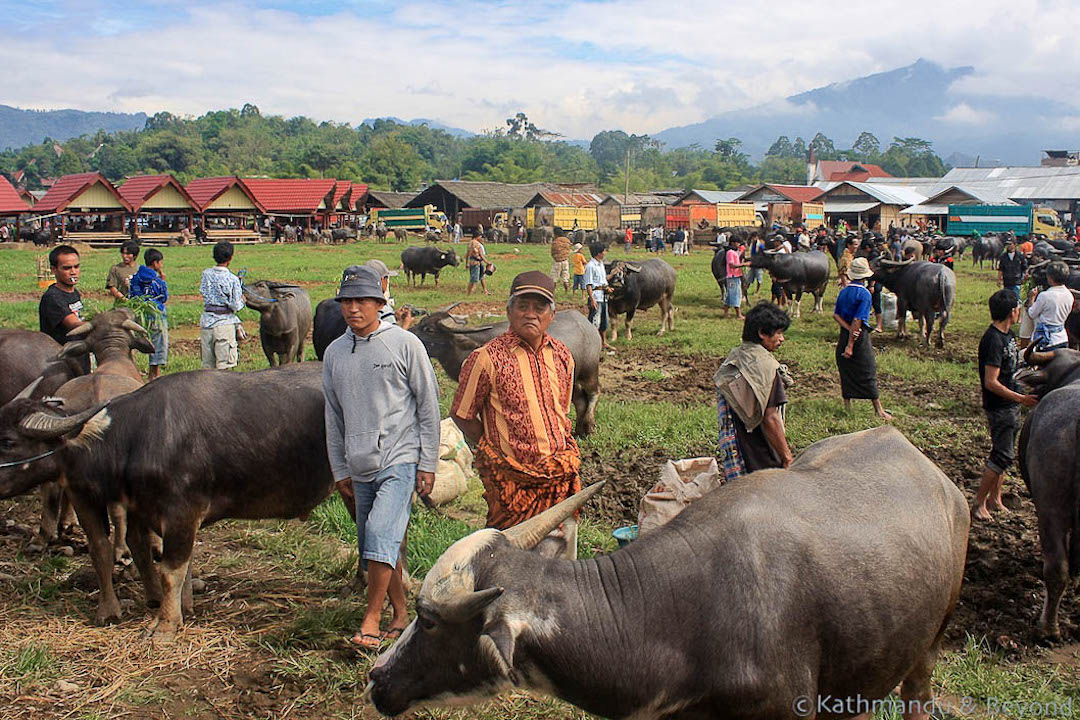
Stranger still, attending a Torajaland funeral is promoted as a tourism highlight and foreigners are made very welcome. So, one morning five of us set out in our best black t-shirts to a nearby ceremony. First stop was the market where we bought our gifts – several kilos of sugar and many packets of cigarettes – as was the tradition we were advised. Actually, the tradition is to buy a buffalo or a pig but luckily foreign guests are not expected to fork out the several hundred dollars upwards that these animals cost. Buffalos with lots of white or pink in their colouring are particularly valuable and can cost as much as 5,000 US dollars!!
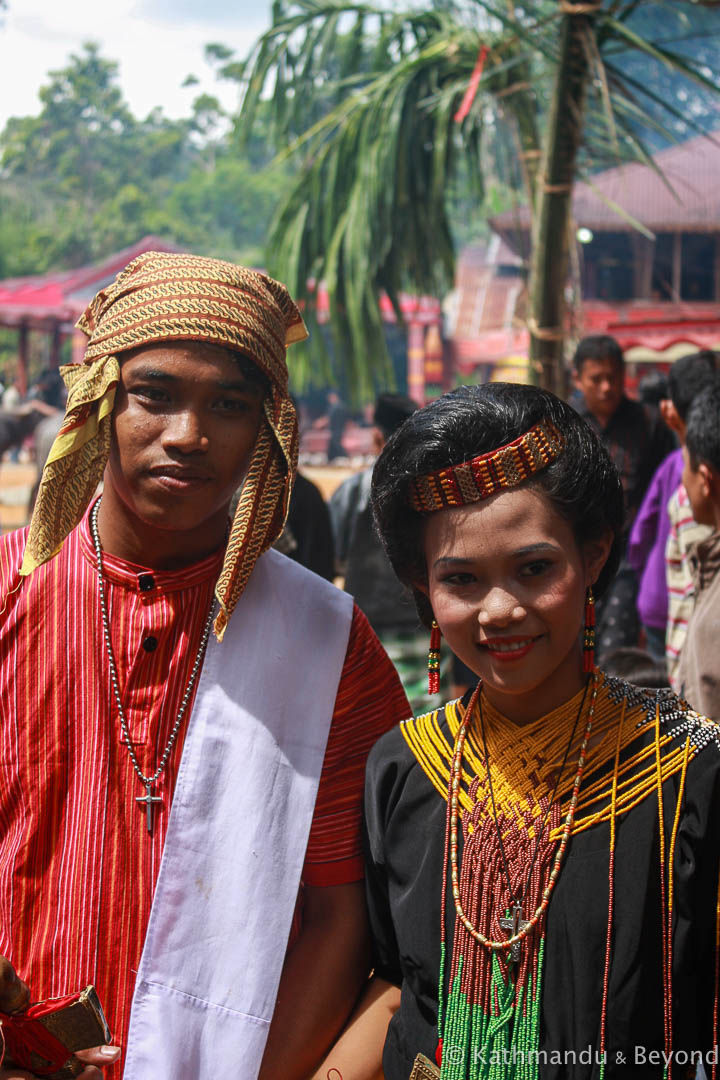
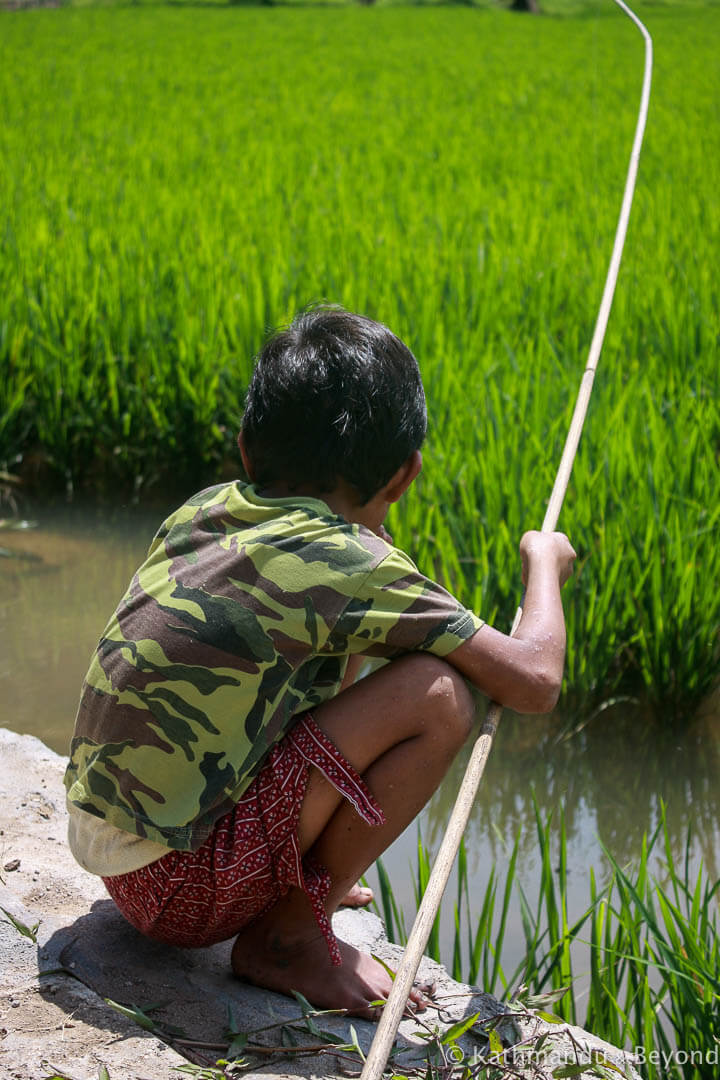
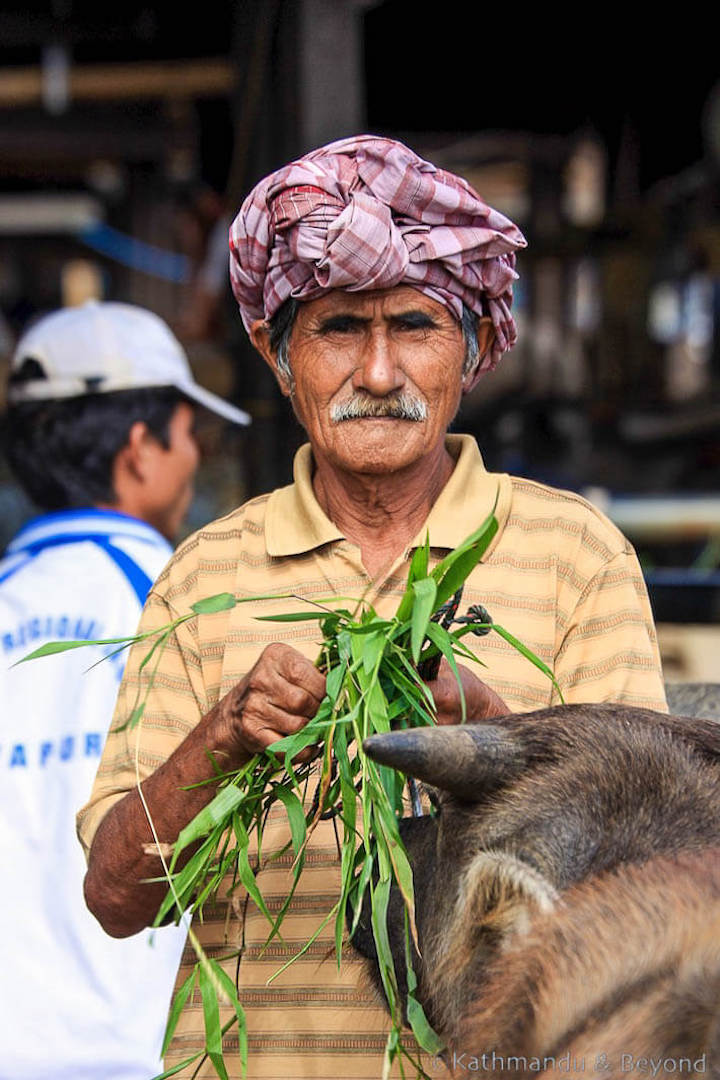
We arrived at the venue which looked like a cross between the Surrey County Show and a hill tribe convention. Every patch of grass seemed to be occupied by the unfortunate buffaloes and pigs, brought as gifts to the family. The site is a specially constructed area surrounded by covered wooden platforms decorated in traditional Toraja colours; on them people were sat chatting and drinking. At one end was a female MC conducting the proceedings (apparently, she was a priest) and above her on a high platform was the coffin. At the other end was a pavilion where people were lining up to offer condolences to family members sat inside. In the centre area, at one end buffaloes were being paraded and at the other, a dance troupe performed. We were invited to sit in a family ‘gazebo’ and served tea and snacks (from now on, the snacks were known as ‘funeral snacks’ whenever we purchased them on bus journeys, etc.) and, later, lunch (very tasty and better than sausage rolls and quiché). There were lots of people milling about, almost a picnic atmosphere. The MC was continuously announcing who had brought which buffalo as they were paraded for all to see. Luckily, they didn’t announce that three Brits, one American and a Dutchwoman were a bit tight and had only brought a few dollars’ worth of sugar and cigarettes. Lots of people did want to take our photograph though.
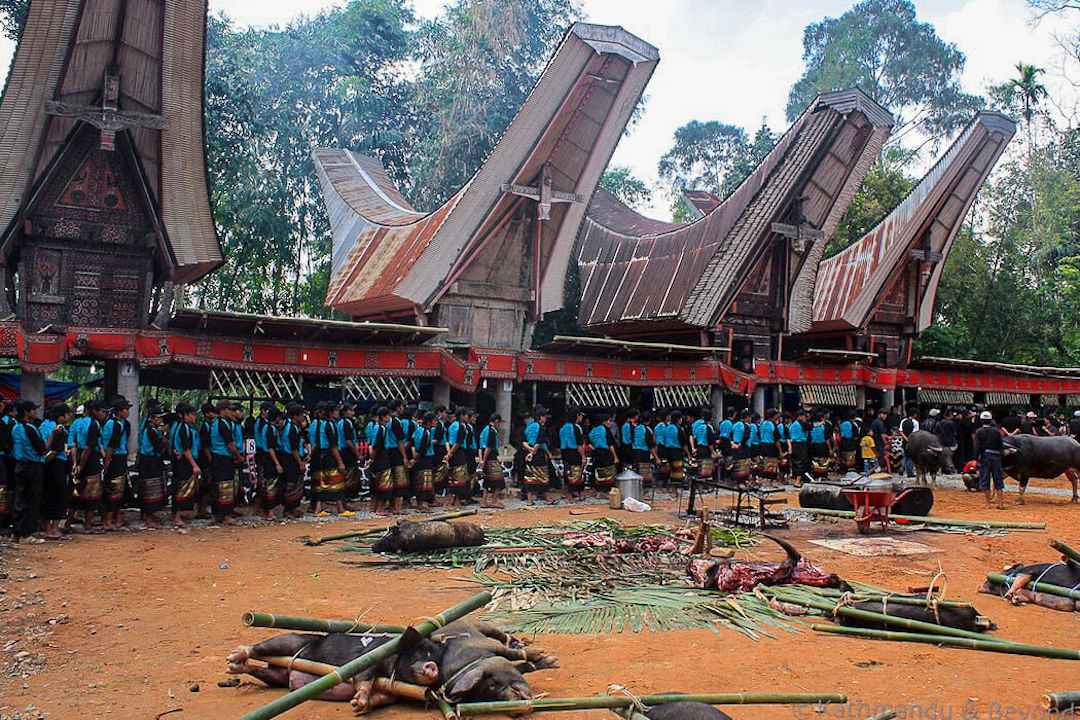
No one seemed particularly sad but then I suppose that because the woman had died almost a year past, all but the closest family and friends had probably gotten over it quite some time ago. I suppose that does mean it could be a true celebration of her life. The only living creatures who had reason to be sad were the pigs and buffaloes who, once presented to the crowds, were living on borrowed time. Today the buffaloes were safe as it was clearly pig slaughtering day. Buffaloes, we were told, were tomorrow. We were led to an area which we had passed on our way in which can only be described as an open-air slaughterhouse. All around pigs were either being sliced, gutted, charred to take the hair off or chopped up into pieces ready to be distributed among the villagers. As many of you know of my fondness for pigs, you will be wondering how I coped. Not sure really; I guess I have learned to detach AA Milne’s Piglet from what is a fairly regular scene in Asia. We do have some pretty gory footage but as I write this, I’m undecided whether to post it. Having seen more than enough blood and guts, we said our goodbyes and left.
The rest of our time in Torajaland was equally fascinating and equally morbid as sightseeing here generally involves visiting graves. Life in this part of Indonesia revolves around death, coffins, graves and bones. The people here are largely Christian (thanks to the Dutch) but they still also follow their historically traditional beliefs of animism.
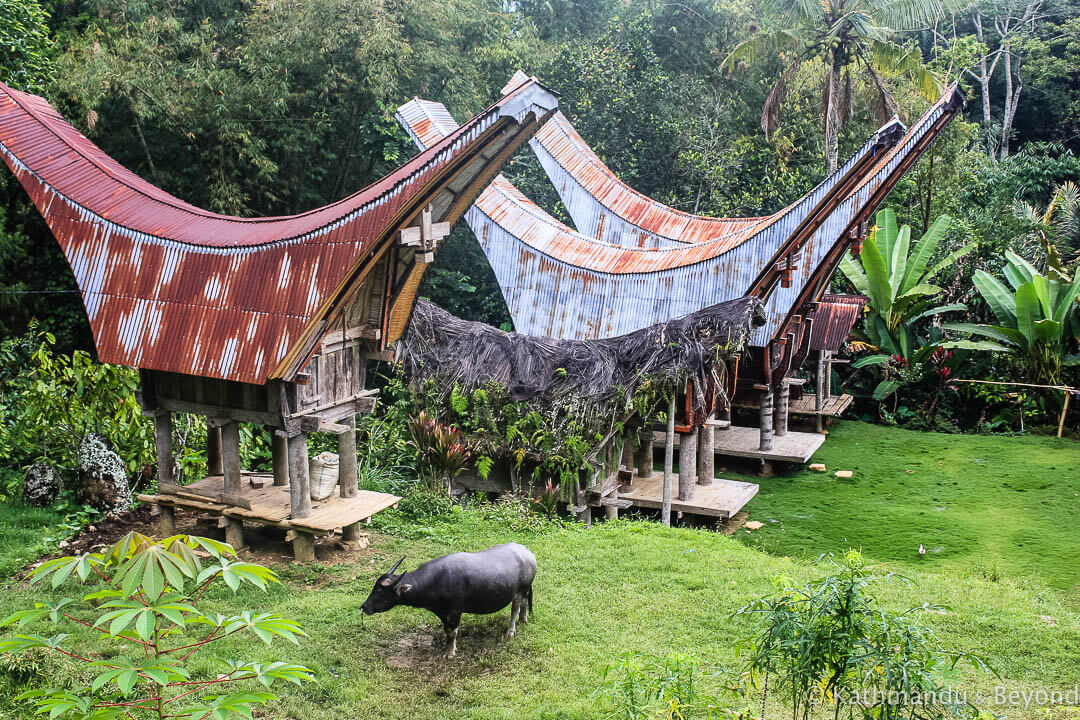
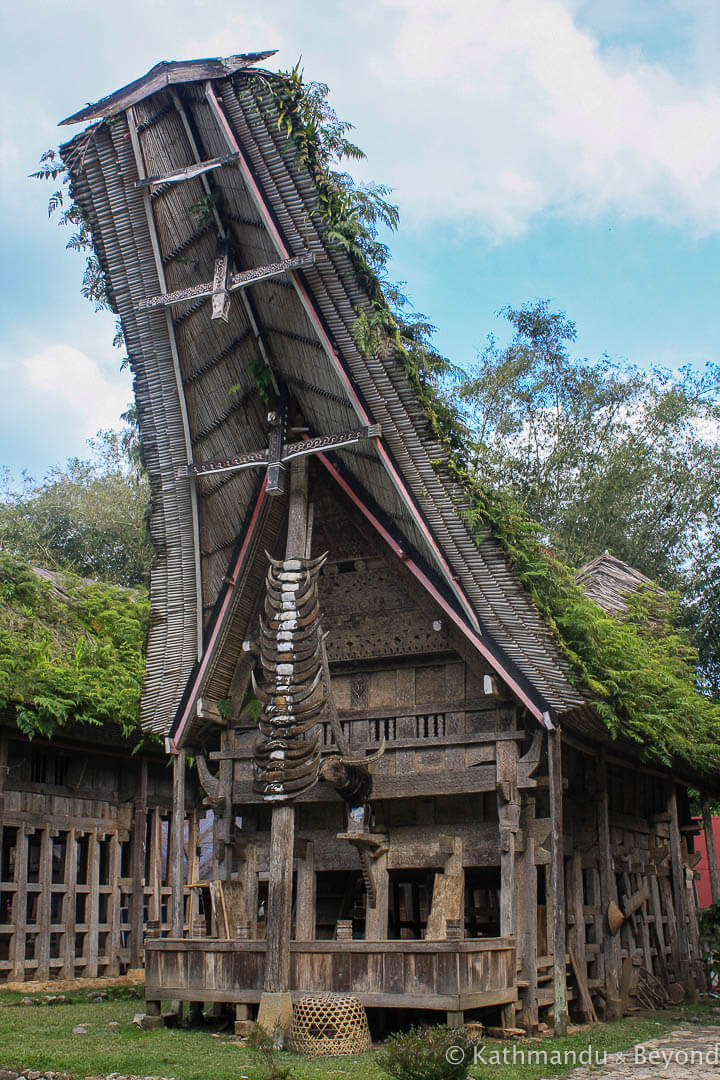
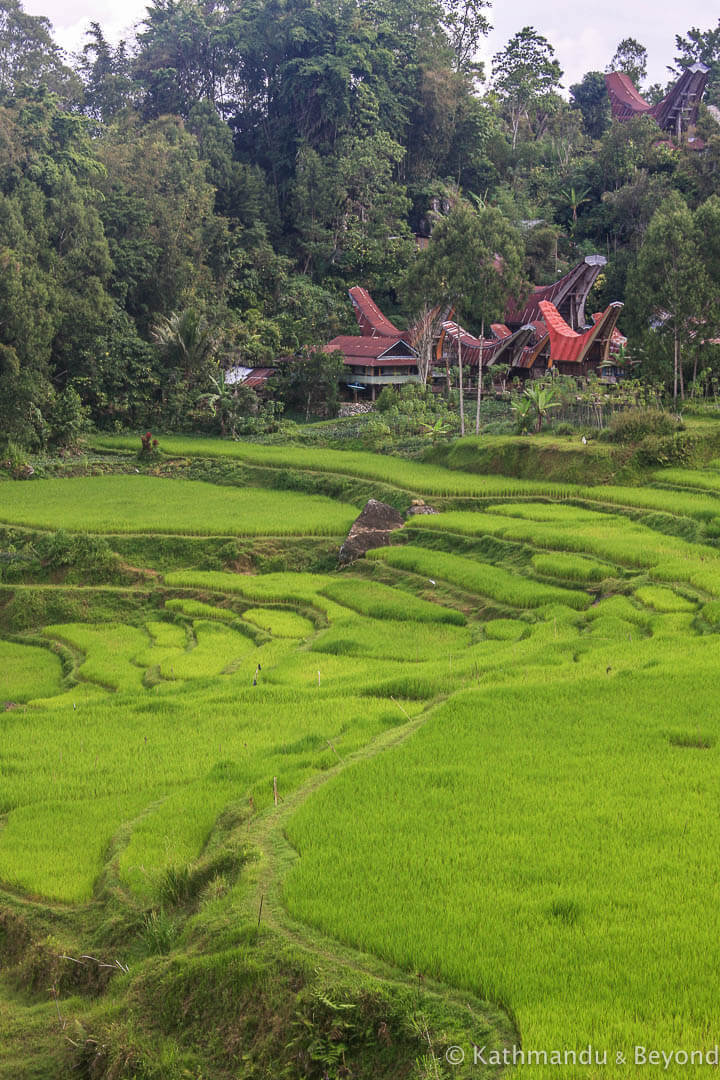
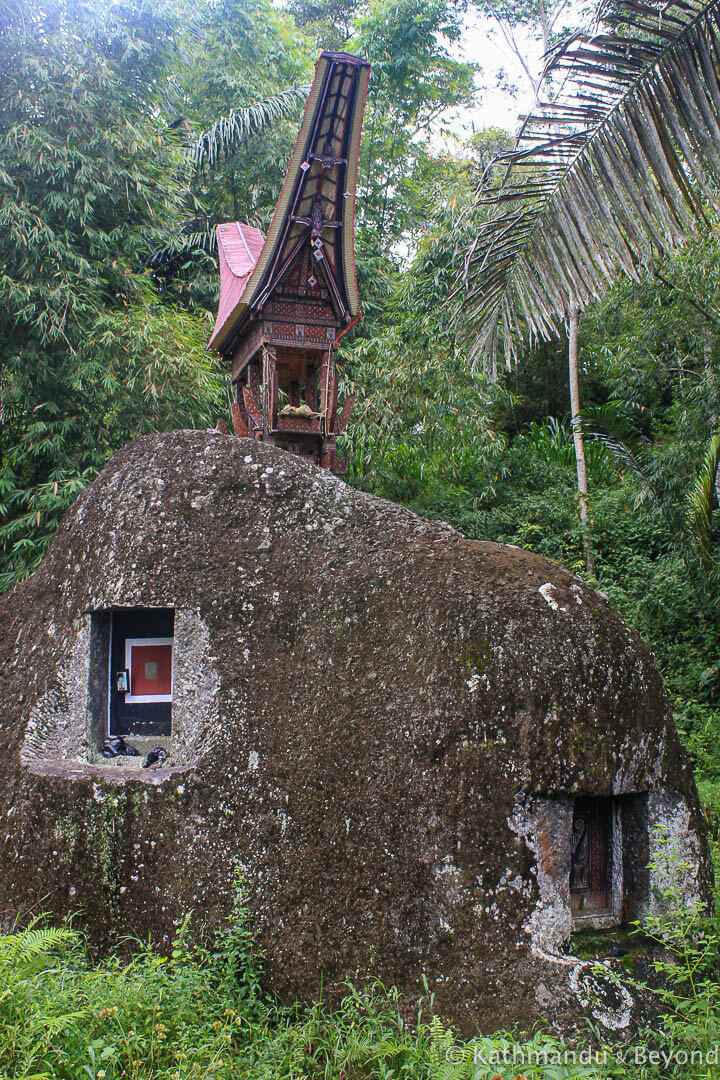
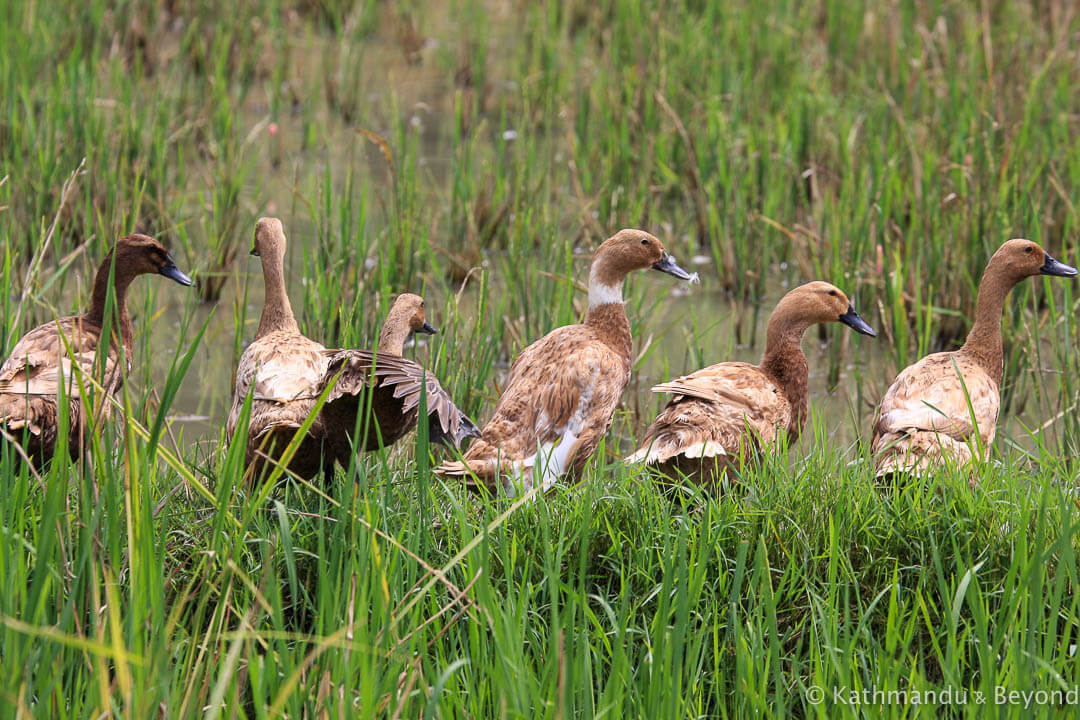
Animism, in brief, means that the people believe that the spirit or soul exists not only in human beings, but also in all other animals, plants, rocks, natural phenomena such as thunder, and geographic features such as mountains or rivers, etc. This, in turn, means that the spirit remains in the body even after death and while the body is lying in the family home before the funeral ceremony, the deceased is considered to be sick, not dead, and visiting friends and family will pay their respects by bringing gifts of cigarettes and saying hello and goodbye each time they visit.
So back to the graves, of which there were plenty to visit. The Toraja don’t bury their dead in the ground because the ground too has a soul. In fact, they don’t really seem to bury them at all and at the funeral sites there were lots of skulls and other bones which had been left after the coffin had decayed. In ancient times, the coffins were placed inside caves but because people were buried with valuable possessions, many were ransacked. As a result, different methods were developed including carving out holes high up in the rocks or constructing “hanging graves” which are literally wooden coffins strung up high on cliff faces. Babies are laid to rest in a special type of tree which allows their spirit to be carried up by the leaves.
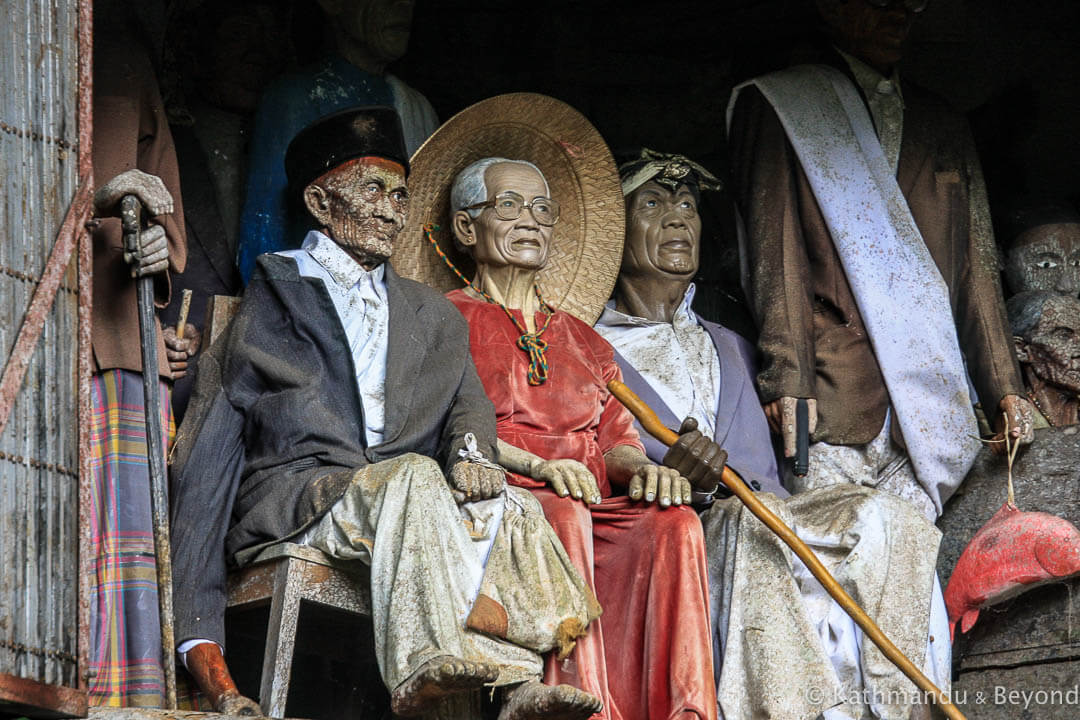
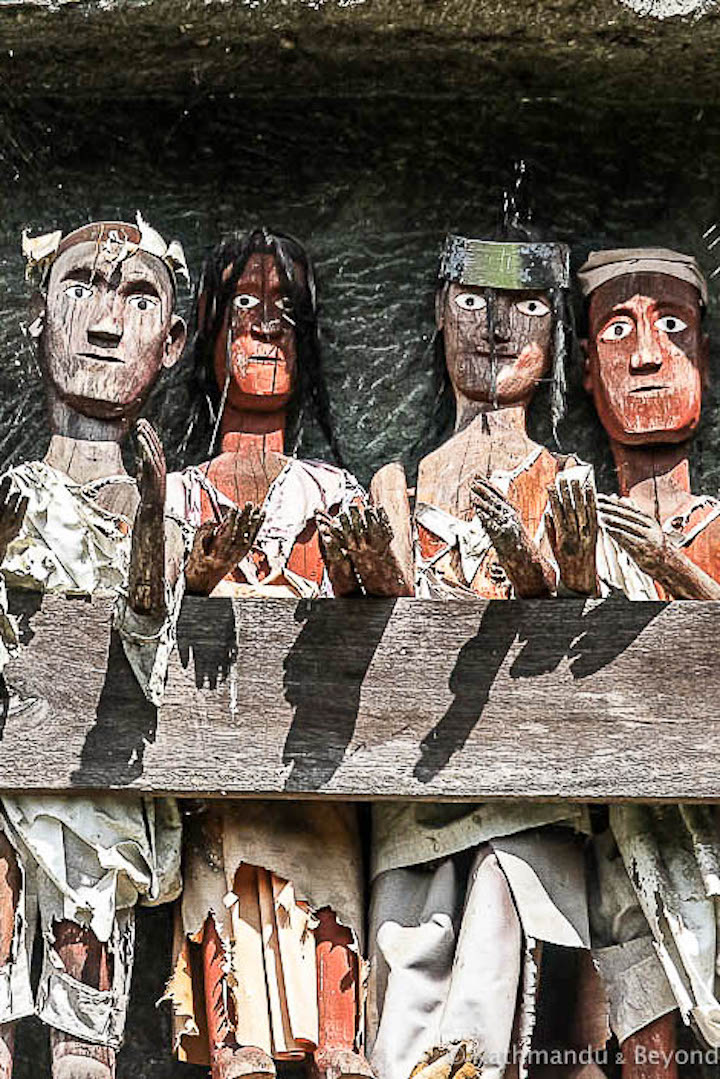
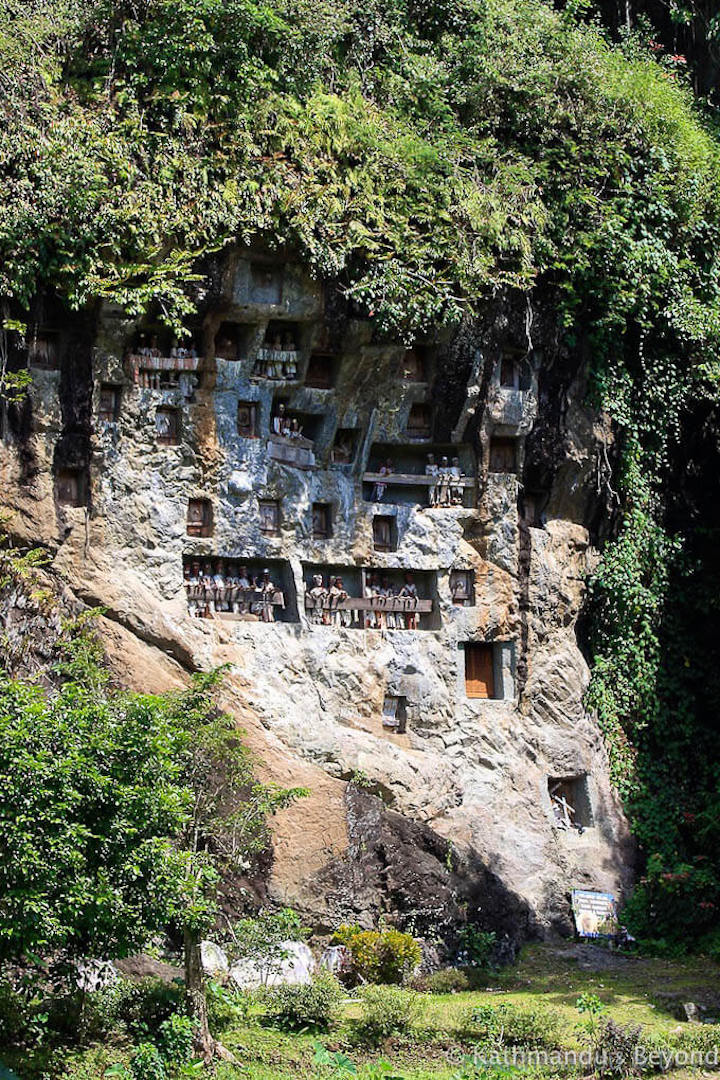
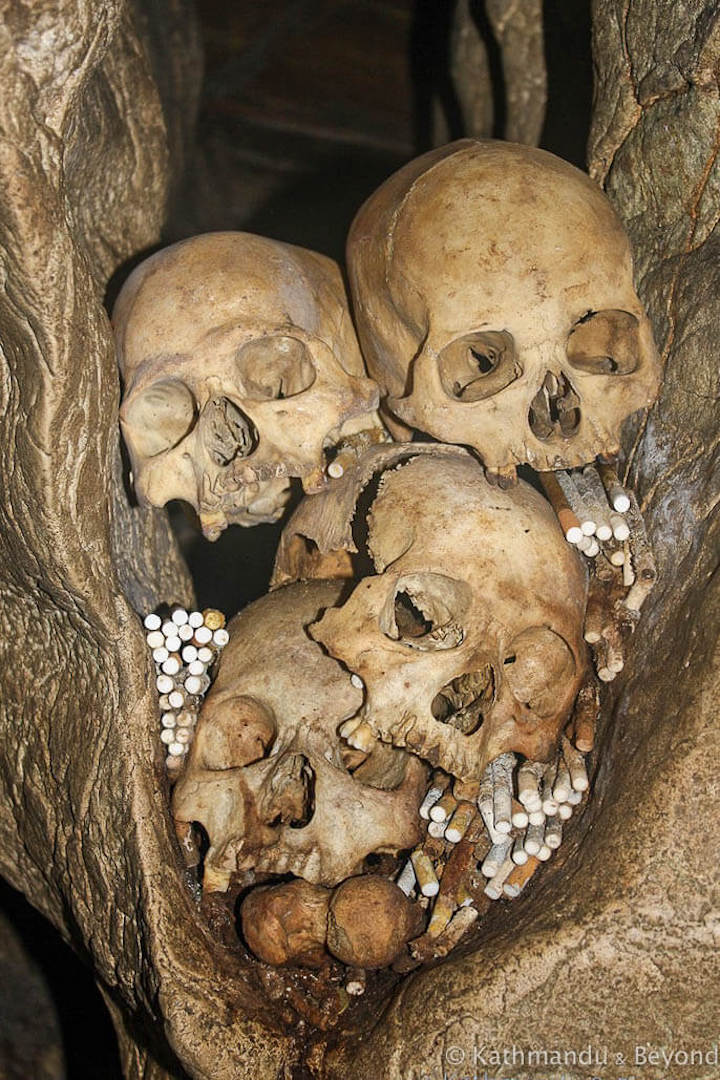
Today many families in Torajaland have specially built concrete mausoleums at the foot of the cliffs but still it seems that many coffins are just placed inside caves. One cave we visited felt particularly macabre – dark and slippery with lots of rotting coffins and plenty more bones piled up. There was one newish looking coffin; “Look, look,” exclaimed our enthusiastic guide who was showing us around by the light of a gas lamp. “He has been here for three months.” And before we could object, he had lifted the cloth to reveal a window in the coffin lid! To make the whole thing even more spooky, it is traditional to have a wooden effigy of the person, known as a tau tau, perched in a balcony carved in the rock face to guard and protect. At one of the sites, the local tau tau maker was at work copying from a photograph of a western woman – apparently a German tourist had commissioned one of herself but I don’t know if she plans to keep it for her grave or put it on her mantlepiece!

Trackbacks/Pingbacks